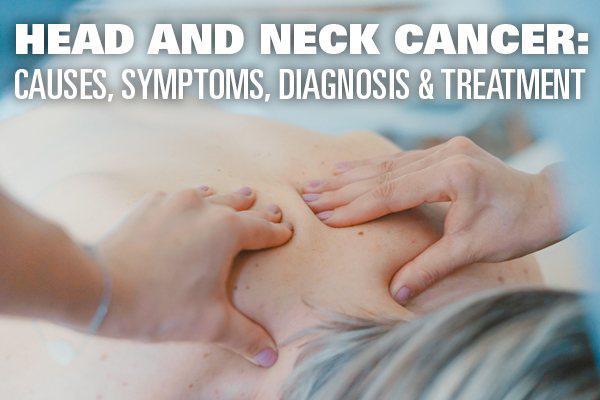Strange symptoms that come out of nowhere are scary, especially when you think of all the conditions it could signal. However, you most likely aren’t ready when the doctor tells you it’s cancer. Along with being stunned, you’re wondering where you go from here.
At Hunterdon Hematology Oncology, our staff is ready to help you with the next steps in your treatment. Our team consists of board-certified oncologists and hematologists who specialize in many types of cancer and help you start the targeted treatment you need.
Common symptoms of cancer
Cancer isn’t something you probably worry about on a normal basis; however, there’s always a risk, especially if you have a family history. And there are many different types of cancers that can affect just about any part of your body.
While some types of cancer seem to come out of the blue, others may fester for a while. The tricky part is, many other less severe conditions may also cause similar symptoms. It’s important to understand changes to your body, and some common symptoms of cancer, such as:
- Fatigue
- Unexplained pain
- Unexplained weight loss
- Skin changes
- Fevers without cause
- Unexplained bleeding
You also want to be on the lookout for other symptoms such as cuts or sores on your skin that don’t seem to be getting better. In addition, if you’ve had a cough for a while, or feel like there’s a frog in your throat that doesn’t seem to go away, you want to let our doctors know.
Of course, many of these symptoms could be due to something minor, but if you experience any change in your health, it’s best to let our doctors know as soon as possible, in case it’s a sign of cancer. The earlier the diagnosis, the better your chances of beating the disease.
What to do first after being diagnosed
When our doctors tell you it’s cancer, a thousand things probably run through your mind. You might find it hard to believe, or already feel grief in knowing there’s really something wrong. Although cancer isn’t what you want to hear, knowing how to proceed helps you get treatment faster, increasing your chances of survival. Here are a few things to do after your diagnosis:
1. Stay calm
Although this step seems impossible, it’s very important to keep your mind straight. Panicking only allows fear to take over, which leads to anxiety and possibly depression. Keeping yourself calm allows you to take in the diagnosis and begin figuring out a game plan.
2. Form a care team
This is a very important step, as it not only involves your doctors, but also family and social workers who provide necessary support. These people on your team are the ones who are going to stick with you throughout your cancer journey, so making sure you have a good group of people is vital.
3. Discuss treatment options
Whether your treatment starts out easy or is aggressive, discussing your options helps you to decide on something that works for you. Chemotherapy and radiation may be scary, but knowing there’s something out there to help you beat this terrible disease can be reassuring.
4. Learn about your cancer
The best thing you can do is research the type of cancer you’ve been diagnosed with. This helps you understand not only the treatments you’ll be given, but also what to expect each step of the way. You may also find support groups for your specific cancer, which helps you through the dark times during treatment.
5. Take care of yourself
After you take it all in, make sure you remember to care for yourself. There are a million thoughts going through your head, but getting lost in everything isn’t good for your health. Remember to take time during the day to eat, get enough sleep, and give yourself an opportunity to grieve if you need it.
So what next?
After your initial diagnosis, a lot is going to happen. Our team of oncologists and hematologists help you form an initial treatment plan. This plan may involve many things, including medications, diet changes, and chemotherapy.
It’s important during this time to make sure you’re not only taking care of your physical health, but your mental health as well. A cancer diagnosis can take a toll on you, especially in the first few months. Keep your support team close, and ask for help when you need it.
Some cancers are harder to fight than others, and our expert team of doctors treat you and your specific disease with all of the latest technologies.
If you need help navigating a cancer diagnosis, call our office in Flemington, New Jersey at 908-788-6461 to schedule an appointment.











